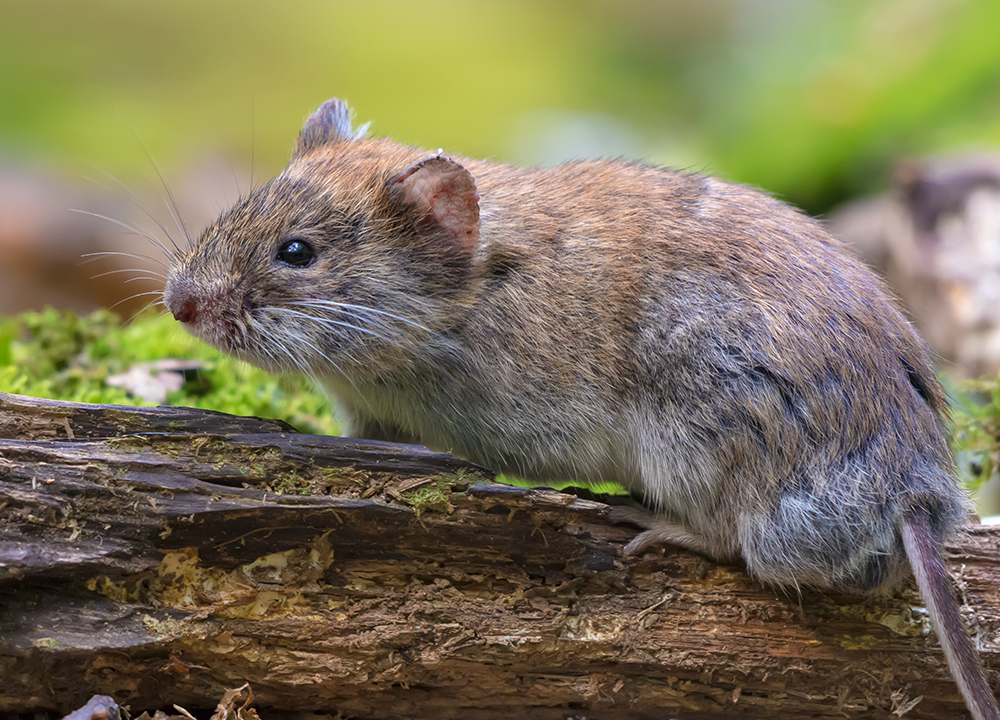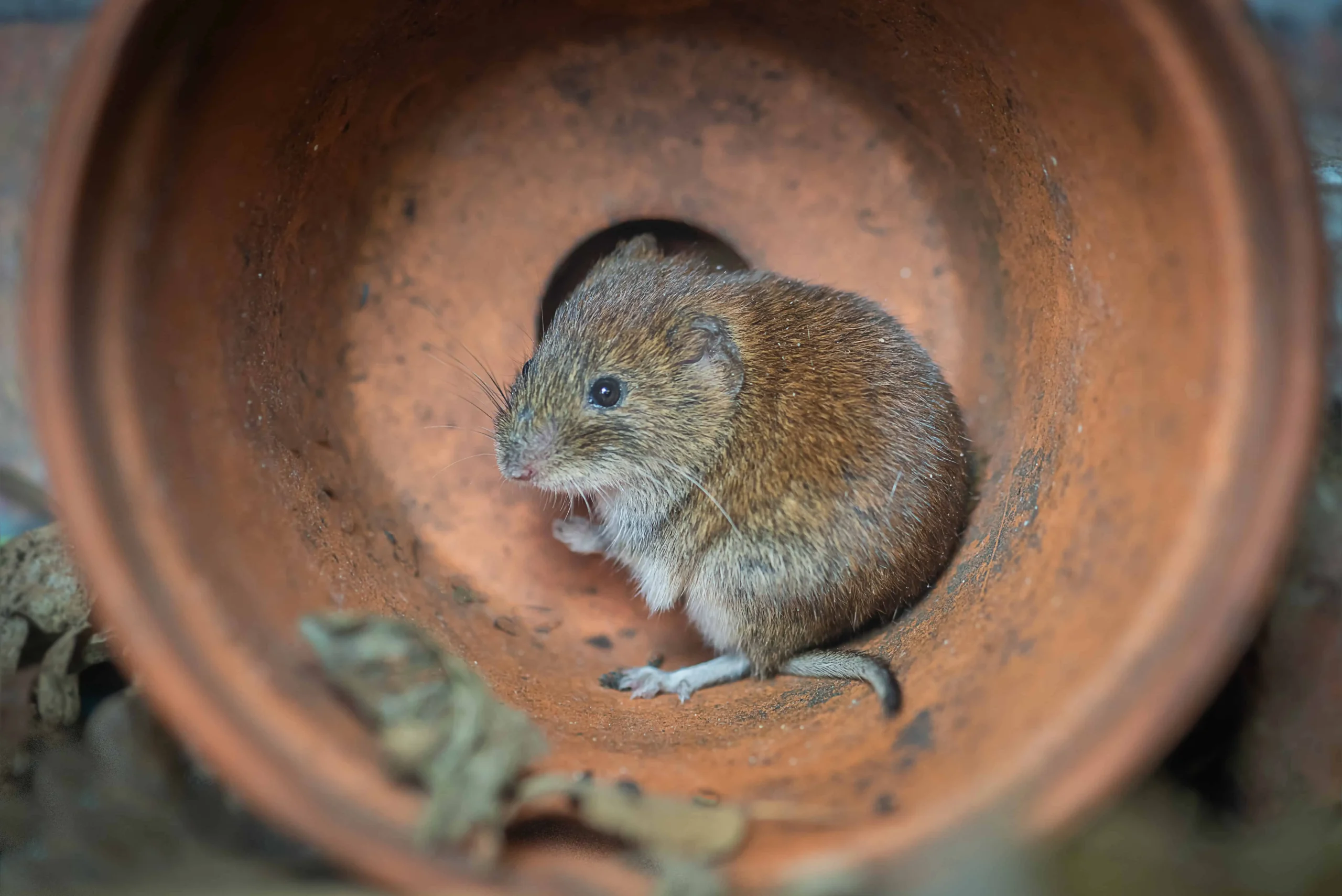Mastering Vole Pest Control: Extensive Insights on Invasion Prevention and Therapy Methods
By recognizing the refined indicators of vole invasion early on, we can take positive steps to stop extensive damages. In this conversation, we will explore the subtleties of vole actions, dig into the recognition of problem indications, and reveal the most effective prevention and therapy techniques.
Comprehending Vole Behavior
Examining the foraging patterns of voles supplies important understandings into their behavior and environment preferences. By observing their foraging behavior, researchers can gain a better understanding of where voles like to establish their habitats and the extent of their environmental effect.
Research shows that voles display careful feeding habits, favoring origins, seeds, and roots. This dietary preference influences their foraging patterns, leading them to areas abundant in greenery and ground cover. Additionally, voles are known to produce intricate tunnel systems for foraging and nesting functions, indicating a high level of flexibility to their surroundings.
Comprehending vole actions is crucial for executing targeted parasite control steps that interrupt their habitat choices and foraging tasks (vole pest control). By researching their behavior, professionals can create a lot more effective prevention and treatment methods to handle vole problems

Identifying Signs of Vole Problem
Vole infestations can be detected by recognizing particular signs of their existence in an area. One of the most typical signs of a vole invasion is the visibility of surface paths.
One more essential indication of vole invasion is the presence of little burrow openings in the ground. In addition, voles are known to leave behind eaten plant stems, origins, and bulbs near their burrow openings, showing their feeding activity in the area.
In addition, vole droppings can also signify their visibility. Vole droppings are small, brownish, and round in shape, looking like grains of rice. Finding these droppings along runways or near burrow openings can validate a vole infestation. By being watchful for these indicators, home owners can without delay deal with vole problems and stop further damage.
Applying Proactive Prevention Procedures

In addition, using all-natural vole deterrents like castor oil-based repellents or killer urine can serve as reliable preventive procedures. It is additionally recommended to regularly check outdoor areas for any type of indications of vole task, such as paths or tunnel openings, to attend to potential invasions without delay. vole control utah. By adopting these positive avoidance approaches, homeowner can significantly decrease the probability of vole damages and keep the health and looks of their landscapes
Reliable Treatment Strategies
Including targeted capturing techniques and using accepted rodenticides are important components of effective therapy approaches for handling vole infestations. Normal surveillance and maintenance are likewise key aspects of successful therapy methods to make sure that vole populations are kept under control. By combining capturing, rodenticides, habitat adjustment, and regular tracking, efficient vole insect control can be accomplished.
Monitoring and Upkeep Tips
Keeping a methodical routine for tracking and carrying out regular maintenance tasks is critical to maintain the effectiveness of vole bug control procedures. Routine monitoring enables the early discovery of vole task, enabling prompt treatment before problems aggravate. To successfully keep track of vole populaces, purposefully placed catches can be utilized in vole runways or near burrow entrances. By consistently inspecting these catches, home proprietors can evaluate the level of vole activity and change control approaches appropriately.
In addition, maintaining a clean and clean landscape is vital in vole prevention. Cleaning away particles, such as stacks of timber or thick vegetation, gets rid of possible vole habitats. On a regular basis cutting and trimming grass plant life helps decrease vole hiding areas and minimizes their access to food sources.
Additionally, continuous upkeep of physical obstacles, such as fencings or cord mesh, is crucial to stop vole invasion. Examining and repairing any kind of problems to these structures guarantees that vole control continues to be reliable in guarding residential or commercial properties from invasions. By including these tracking and upkeep techniques right into a thorough vole parasite control strategy, people can properly manage vole populations and shield their buildings from damage.
Verdict
Finally, grasping vole pest control requires a solid understanding of vole actions, the capability to identify signs of problem, applying positive prevention measures, effective treatment strategies, and regular surveillance and maintenance. By taking an extensive technique to vole control, individuals can properly handle and avoid infestations, eventually protecting their residential or commercial property and bordering environment from damage brought on by these small rats.
In this conversation, we will check out the subtleties of vole habits, dive into the recognition of infestation signs, and reveal the most efficient prevention and treatment approaches.Including targeted capturing techniques and making use of approved rodenticides are necessary components of effective therapy strategies for handling vole invasions. To properly monitor vole populations, strategically put traps can be used in vole paths or near burrow entryways. Evaluating and fixing any kind of problems to these frameworks ensures that vole control remains effective in protecting buildings from infestations. By incorporating these monitoring and upkeep techniques right into a thorough vole parasite control strategy, people can properly take care of vole populaces and secure their residential properties from damages.